Industry Knowledge
What is Greenhouse?
A
greenhouse is a structure with walls and a roof made of transparent or translucent material, such as glass or plastic, in which plants are grown. Greenhouses are used to protect and nurture plants, especially in areas with a climate that is not suitable for the plants to grow outdoors. The transparent or translucent material allows sunlight to enter the greenhouse, which helps to provide the energy needed for photosynthesis, the process by which plants produce their own food. The interior of a greenhouse is typically warmer than the outside air, which allows plants to grow even in cold weather. In addition to providing a warm, sunny environment for plants to grow, greenhouses can also help to protect plants from pests and diseases.
Benefits of the Greenhouse
1. Controlled Environment:
Greenhouses provide a controlled environment for plant growth, allowing for temperature, humidity, light, and other factors to be regulated.
2. Extended Growing Season: By controlling the environment, greenhouses allow for year-round plant growth and an extended growing season.
3. Protection from Pests and Diseases: Greenhouses can provide protection from pests and diseases, reducing the need for chemical pesticides.
4. Water Conservation: The controlled environment of a greenhouse can reduce water usage and evaporation, leading to water conservation.
5. Increased Yields: By providing optimal growing conditions, greenhouses can lead to increased yields and higher-quality produce.
6. Space Savings: Greenhouses can save space by allowing for vertical growing, stacking of planting beds, and efficient use of available space.
The role of the Greenhouse
A
greenhouse is a structure typically made of glass or transparent material, used for growing plants. The primary role of a greenhouse is to create an artificial environment that provides optimal growing conditions for plants, such as maintaining high humidity, controlling temperature, and protecting plants from harsh weather conditions. Additionally, greenhouses can be used for year-round food production, plant research, and plant conservation. By controlling the environment inside the greenhouse, growers can manipulate various factors to maximize plant growth and production, leading to increased yields and reduced costs.


 英语
英语 俄语
俄语 德语
德语 西班牙语
西班牙语 法语
法语



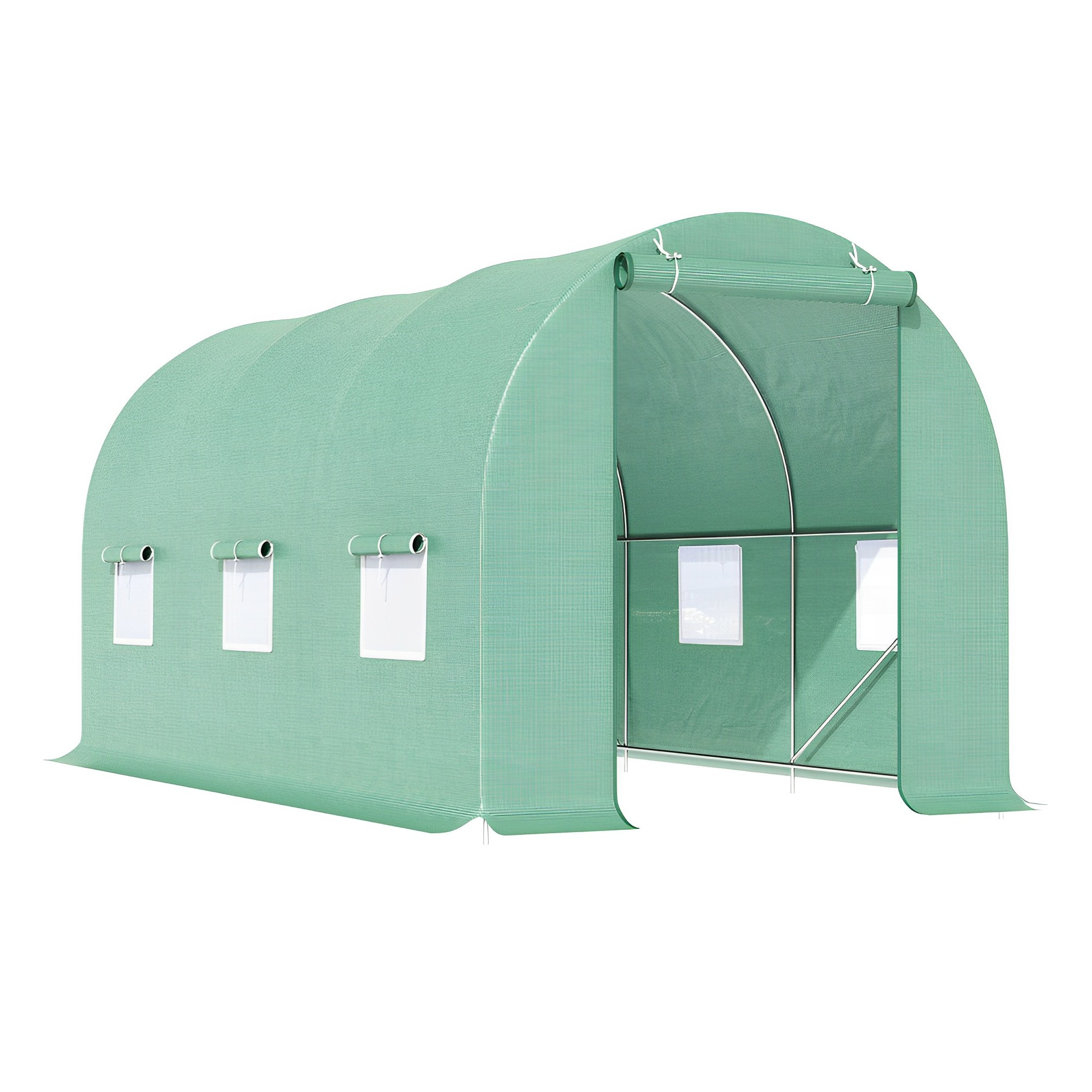
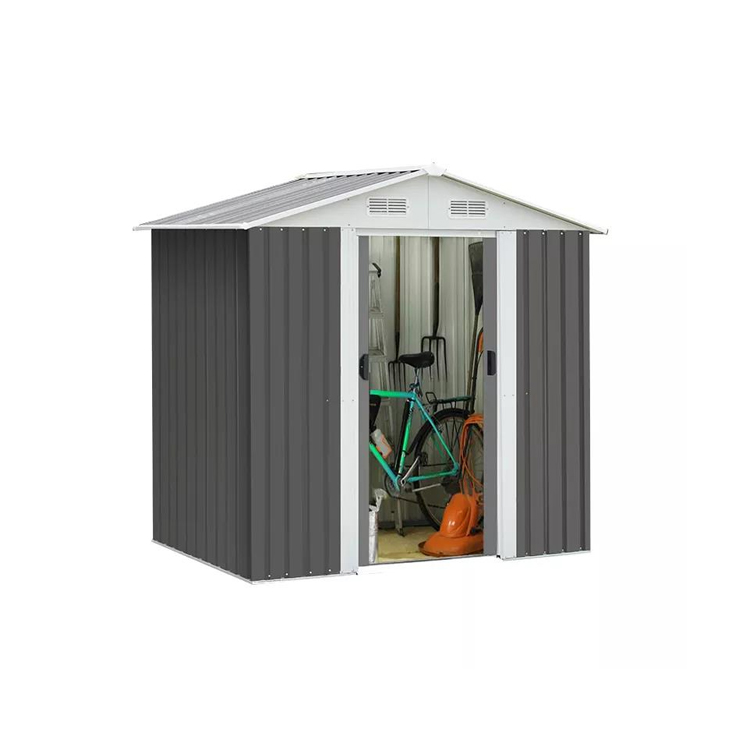

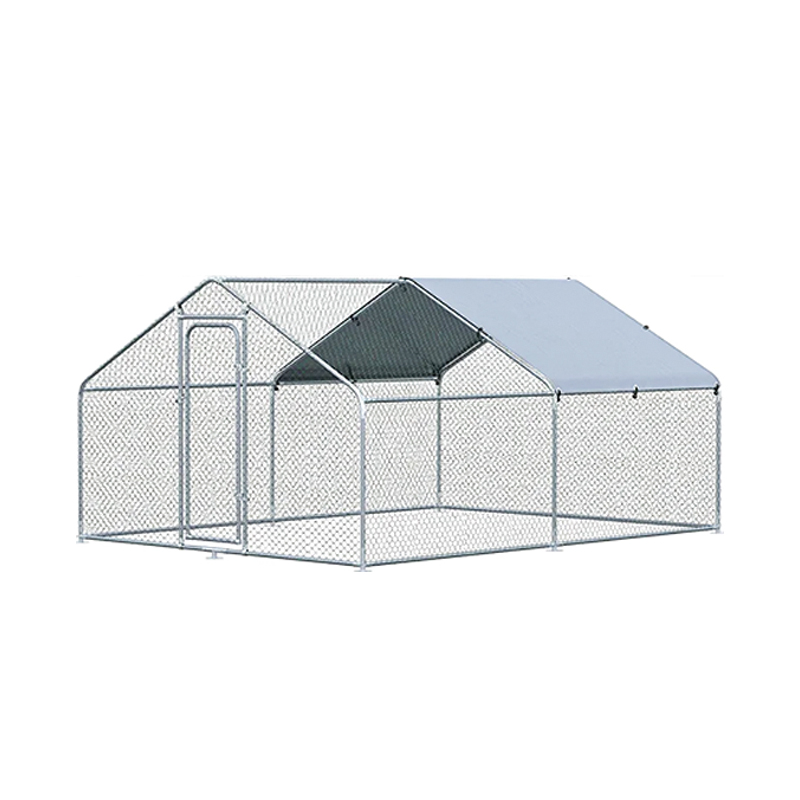

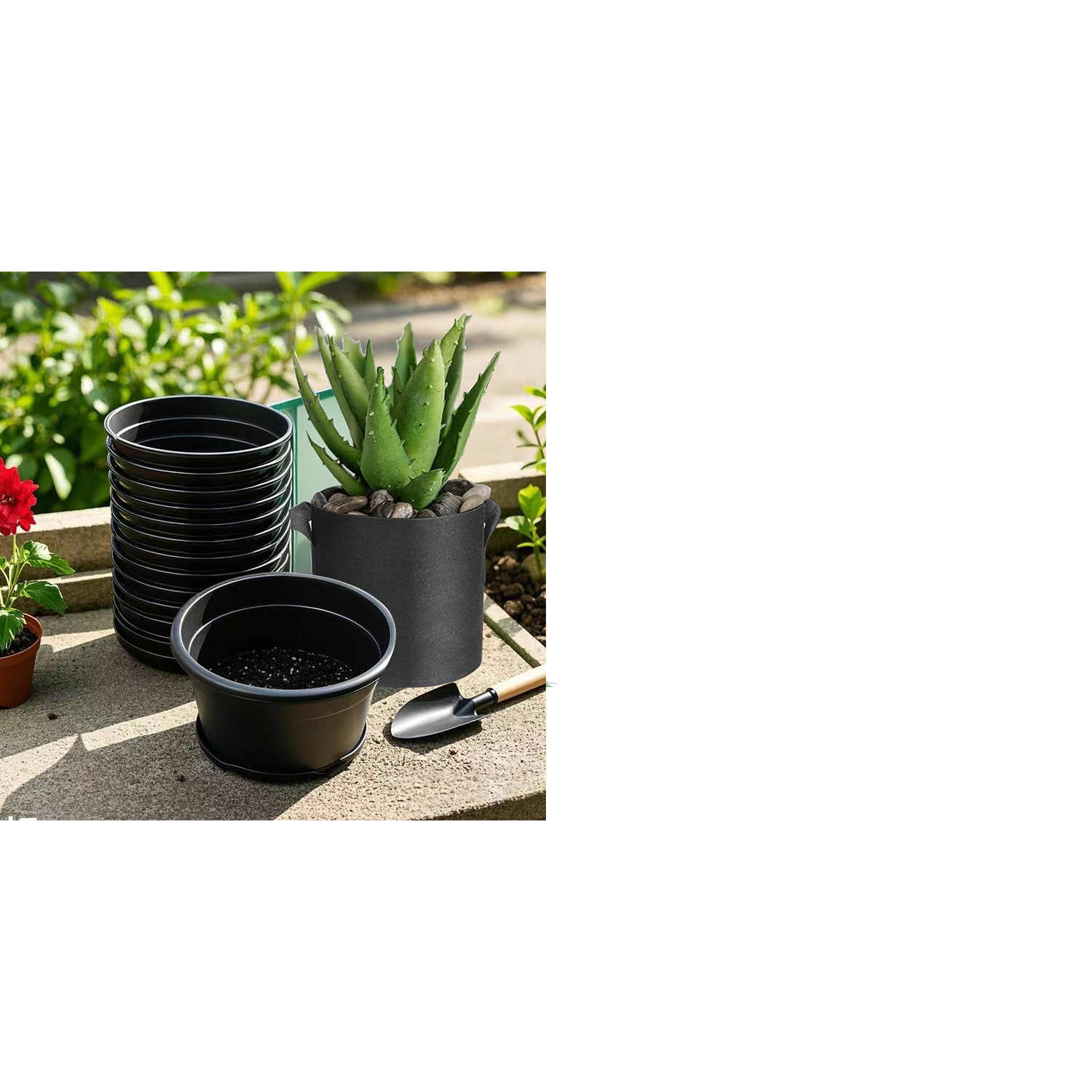



.jpg?imageView2/2/w/800/h/800/format/webp/q/75)
卷门3.jpg?imageView2/2/w/800/h/800/format/webp/q/75)
.jpg?imageView2/2/w/800/h/800/format/webp/q/75)
-1.jpg?imageView2/2/w/800/h/800/format/webp/q/75)

-1.jpg?imageView2/2/w/800/h/800/format/webp/q/75)
.jpg?imageView2/2/w/800/h/800/format/webp/q/75)
-1.jpg?imageView2/2/w/800/h/800/format/webp/q/75)
.jpg?imageView2/2/w/800/h/800/format/webp/q/75)
-1.jpg?imageView2/2/w/800/h/800/format/webp/q/75)

.jpg?imageView2/2/w/800/h/800/format/webp/q/75)
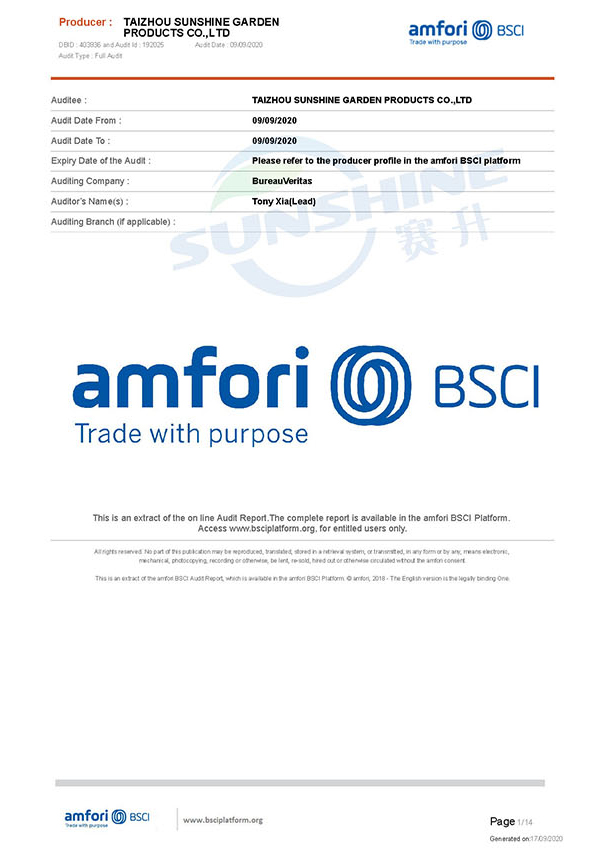
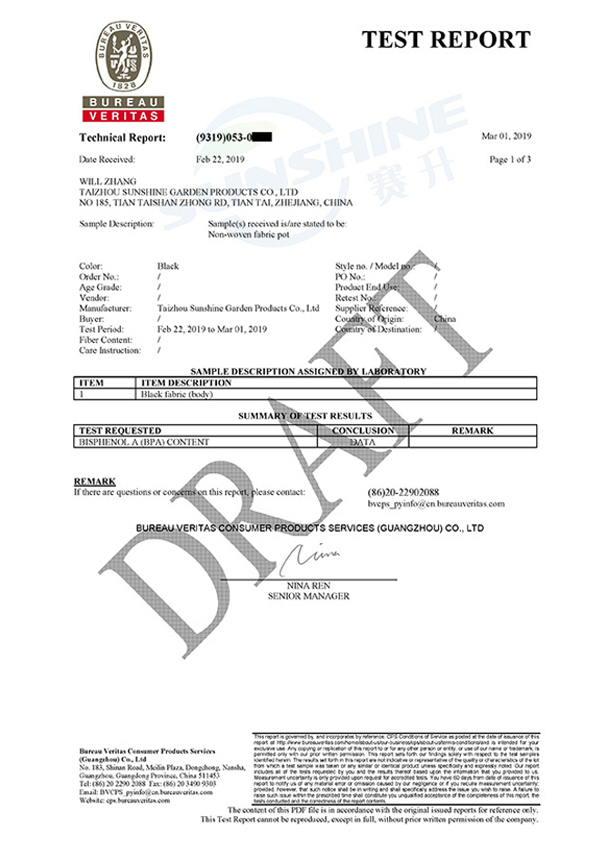
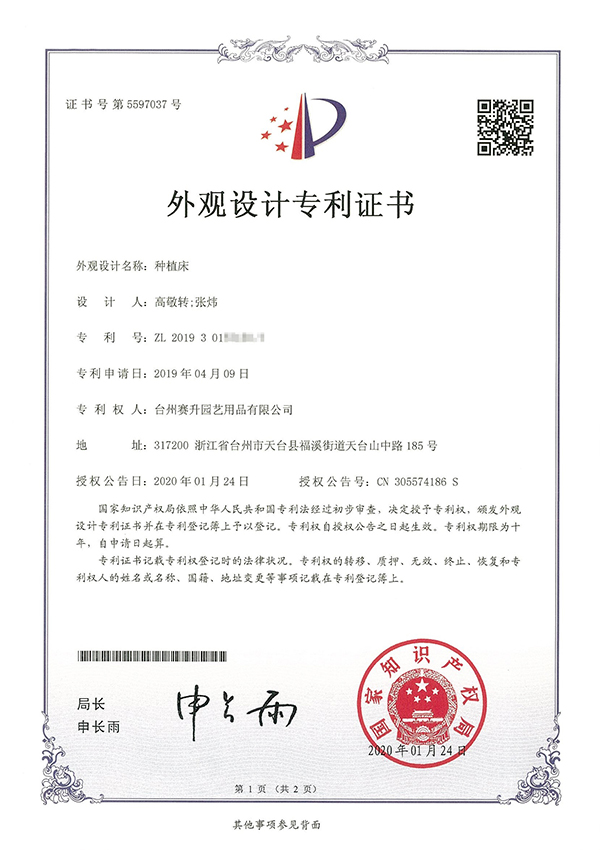
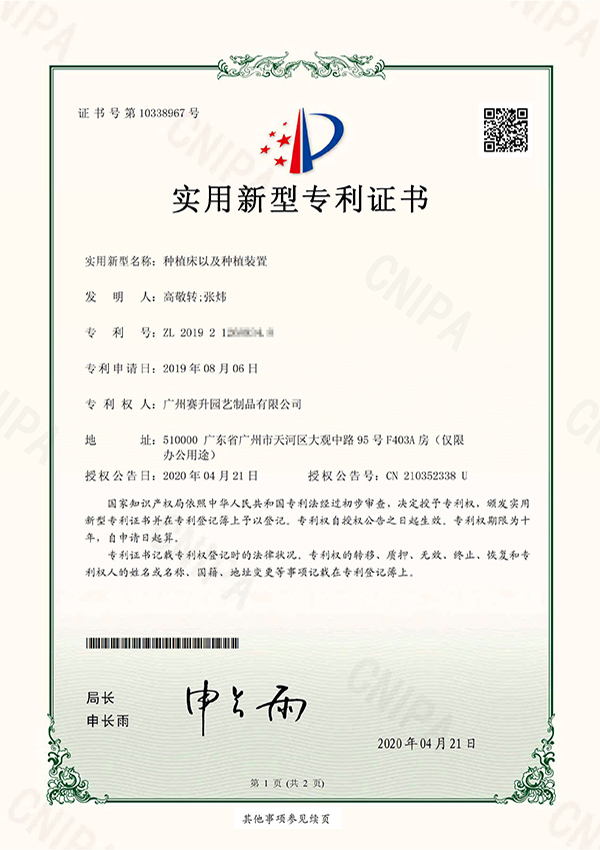
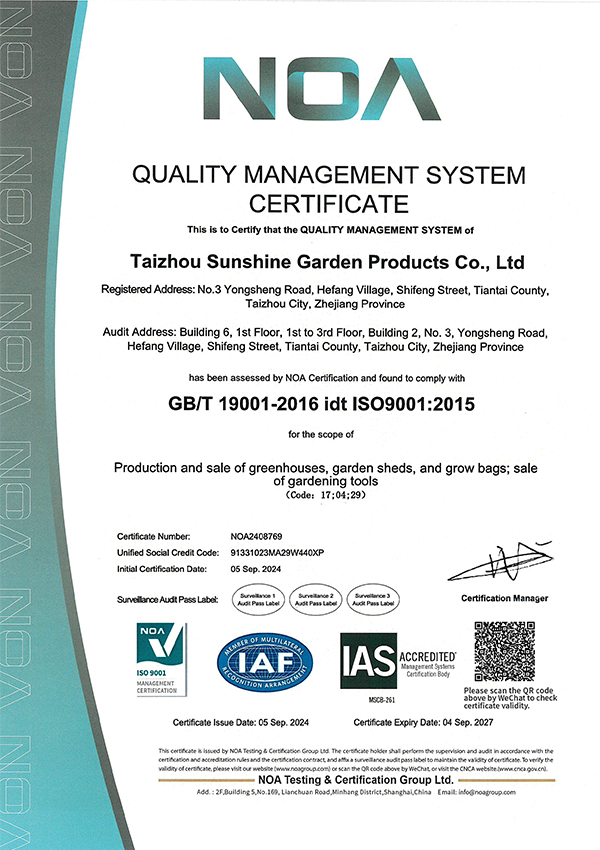
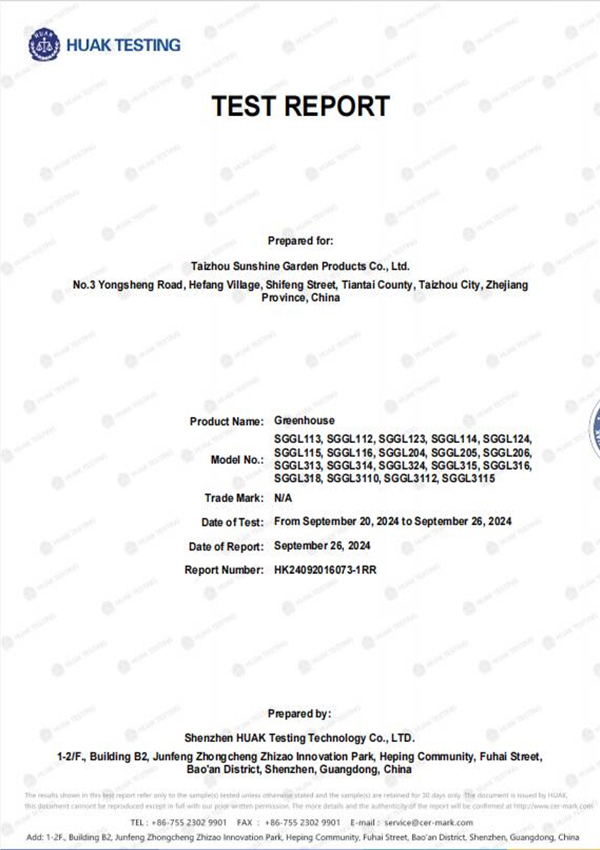
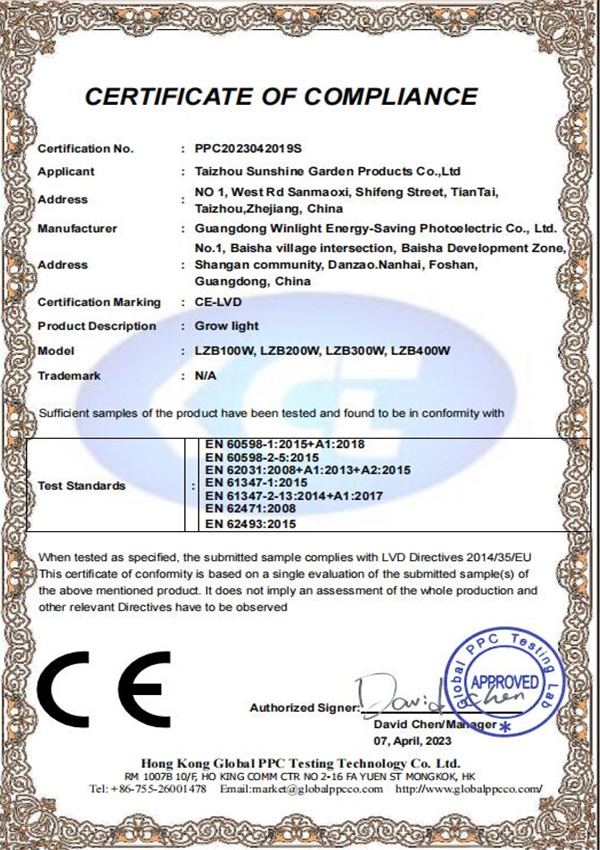
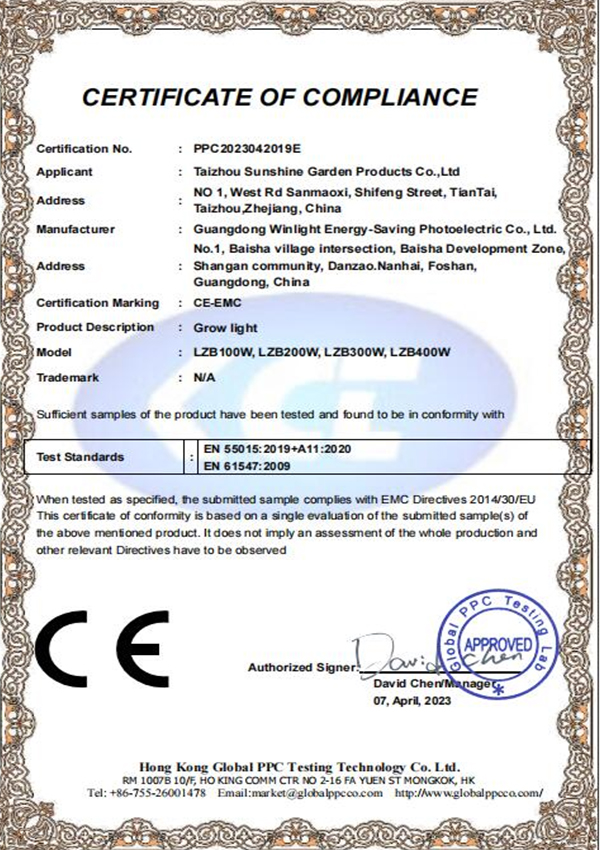
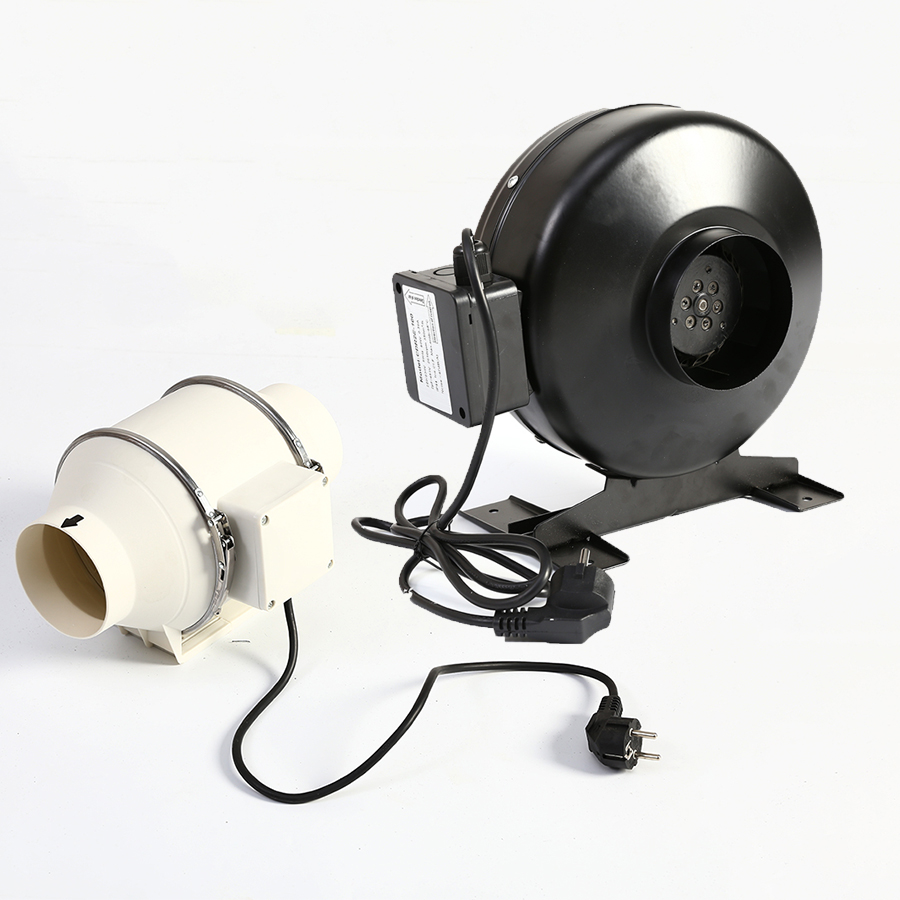
-1.jpg)
.jpg)
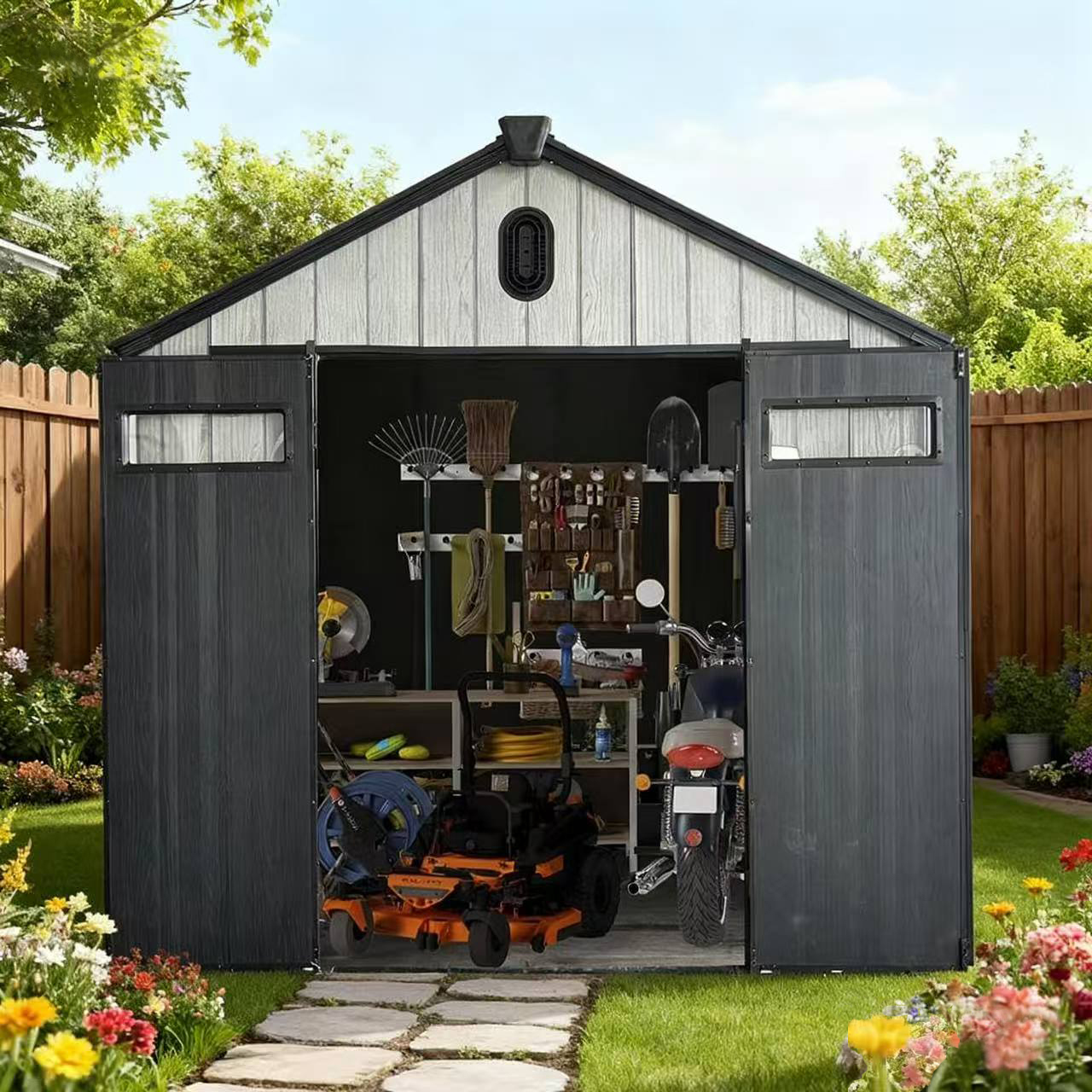
.png)
